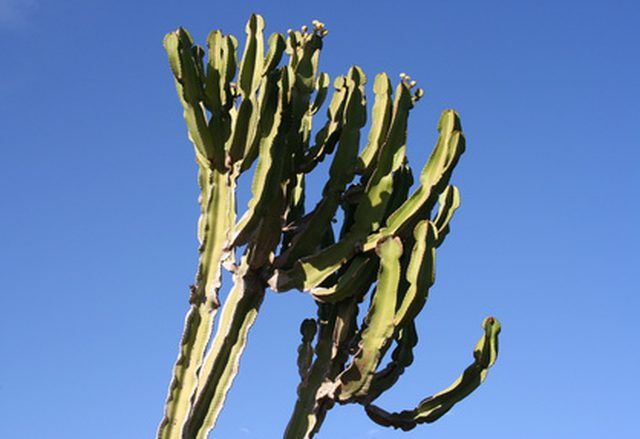Bulbs
Flower Basics
Flower Beds & Specialty Gardens
Flower Garden
Garden Furniture
Garden Gnomes
Garden Seeds
Garden Sheds
Garden Statues
Garden Tools & Supplies
Gardening Basics
Green & Organic
Groundcovers & Vines
Growing Annuals
Growing Basil
Growing Beans
Growing Berries
Growing Blueberries
Growing Cactus
Growing Corn
Growing Cotton
Growing Edibles
Growing Flowers
Growing Garlic
Growing Grapes
Growing Grass
Growing Herbs
Growing Jasmine
Growing Mint
Growing Mushrooms
Orchids
Growing Peanuts
Growing Perennials
Growing Plants
Growing Rosemary
Growing Roses
Growing Strawberries
Growing Sunflowers
Growing Thyme
Growing Tomatoes
Growing Tulips
Growing Vegetables
Herb Basics
Herb Garden
Indoor Growing
Landscaping Basics
Landscaping Patios
Landscaping Plants
Landscaping Shrubs
Landscaping Trees
Landscaping Walks & Pathways
Lawn Basics
Lawn Maintenance
Lawn Mowers
Lawn Ornaments
Lawn Planting
Lawn Tools
Outdoor Growing
Overall Landscape Planning
Pests, Weeds & Problems
Plant Basics
Rock Garden
Rose Garden
Shrubs
Soil
Specialty Gardens
Trees
Vegetable Garden
Yard Maintenance
How to Care for a Euphorbia Ingens Plant
How to Care for a Euphorbia Ingens Plant. The Euphorbia ingens, also called the candelabra tree, the cowboy cactus and the good luck cactus, is a spiny, succulent plant that features cactus-like, segmented arms growing from a single trunk, with bright yellow blossoms on the tips of its branches in late spring. A native of the East Indies and...

The Euphorbia ingens, also called the candelabra tree, the cowboy cactus and the good luck cactus, is a spiny, succulent plant that features cactus-like, segmented arms growing from a single trunk, with bright yellow blossoms on the tips of its branches in late spring. A native of the East Indies and Africa, euphorbia adapts well to life as a houseplant, and may be set out in summer and brought inside before the first hint of frost. However, this is an extremely poisonous plant, and the milky latex can cause blisters on skin and even blindness if it touches the eyes. It should only be grown where it is out of reach to both children and pets.
Things You'll Need
Plastic, fiberglass or terra-cotta container
Peat moss
Loam
Coarse sand
Gravel
Commercial water-soluble fertilizer in a 10-10-10 NPK formulation
Protective gloves
Clean, sharp knife
Select the proper container for your euphorbia. It can be plastic, fiberglass or terra cotta, but if you plan to move your euphorbia outside in the summer, you should choose a container that will not be too heavy. Make sure the container has ample holes at the bottom for drainage, as well as a saucer.
Provide your euphorbia with the proper growing medium. According to Cal's Plant of the Week, a soil mix consisting of one part peat moss, one part loam and two parts coarse sand is optimal. You can add some bits of small gravel to help with drainage; as a native of an arid environment, the euphorbia can't tolerate wet roots or soggy soil.
Place the euphorbia plant in a location that receives bright, direct sunlight and stays consistently warm, between 74 to 82 degrees Fahrenheit. A south-facing window, with the euphorbia located no more than 2 feet from the glass, is ideal. If possible, the room the euphorbia is in should have light-colored walls to more efficiently reflect light. Make sure the euphorbia is not placed near an air conditioning vent.
Water your euphorbia every two weeks, letting the soil dry out completely between each watering. Water the plant thoroughly, so that water runs out the drainage holes. Empty the saucer afterwards to ensure that the euphorbia is not sitting in water. In winter, when the plant is dormant, reduce watering to once a month.
Feed your euphorbia in the spring when new growth begins. Use a water-soluble fertilizer in a 10-10-10 NPK formulation, diluted to half the recommended strength.
Don protective gloves and use a clean, sharp knife to take a cutting from your euphorbia to propagate it. Do this in the spring, Take the cutting from a branching point and hold the cut section under cold water to stem the flow of milky latex. Before planting, allow the cutting to dry out for two weeks to form a callus over the cut end.
Tips & Warnings
All parts of the euphorbia are poisonous if ingested.